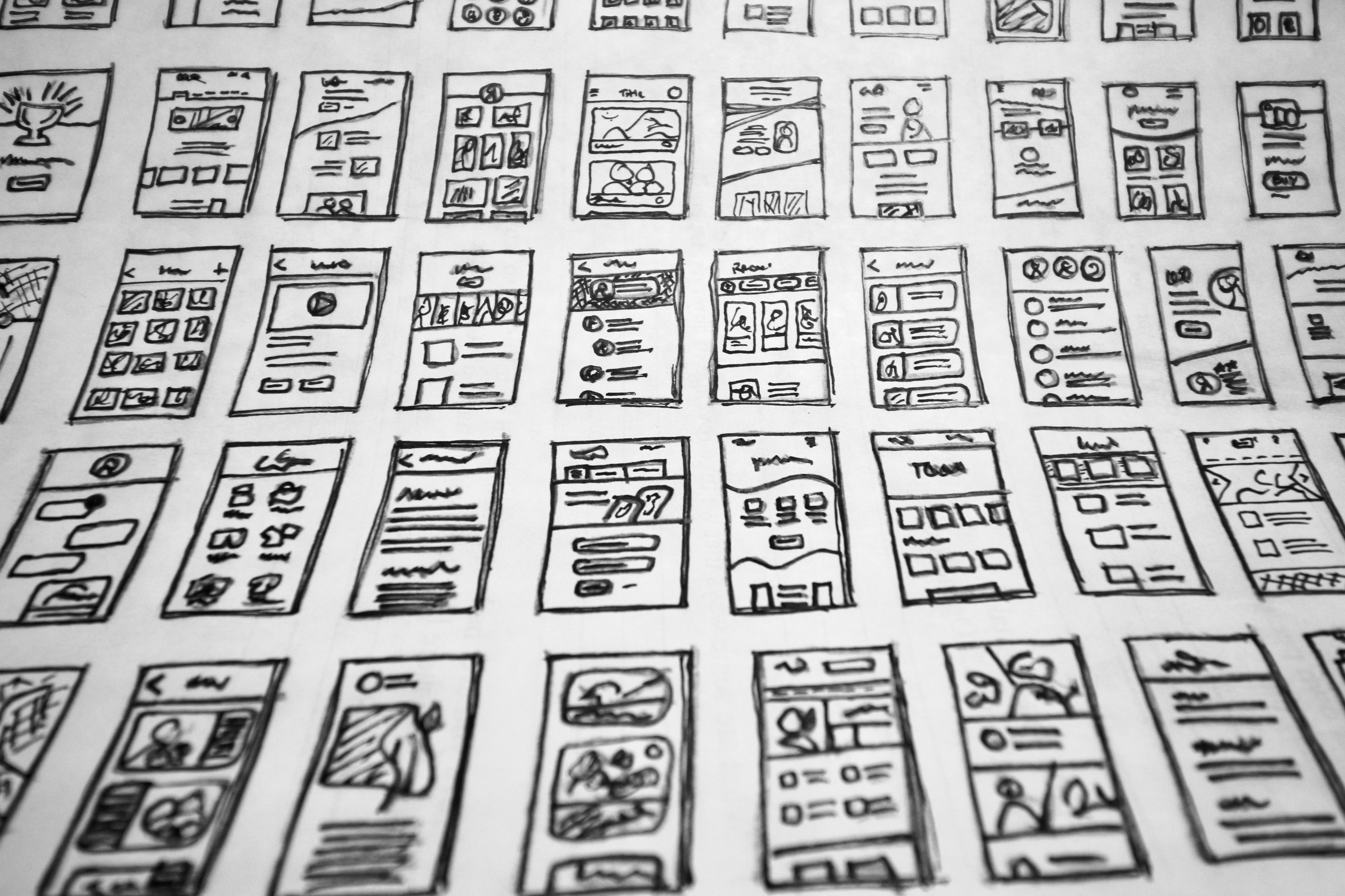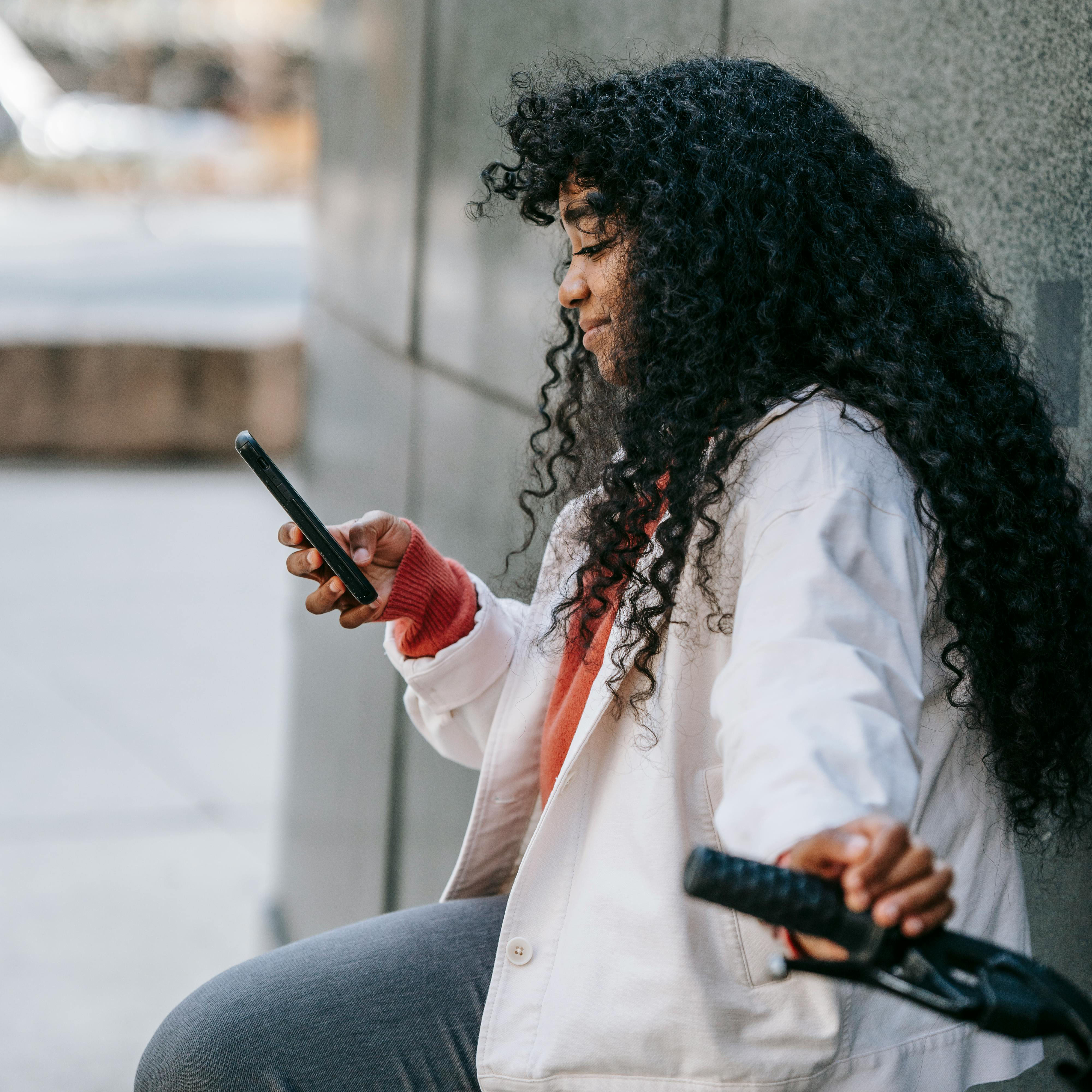Behavioral Design is the Future of UX
Successful apps aren’t just usable; they make users want to use them. Too often, companies build an expensive app, only to struggle with user...
7 min read
Written by Laura MacPherson, Nov 26, 2025

Getting people to download your app can be challenging. Getting them to come back? Even harder.
In 2025, users are juggling dozens of tools. Their attention is limited, and retention is everything.. That’s why smart product design isn’t just about features; it’s about behavior.
For non-technical SaaS founders, this shift is particularly significant. You don’t need to write code to shape user habits. You just need to understand what drives them.. That’s where behavioral psychology comes in. It’s not about tricking users; it’s about designing with intention.
In this article, we’ll look at two behavioral patterns that shape how people use apps: operant conditioning and variable rewards. You’ll see how they work, how they show up in popular apps, and how to use them in your own product without crossing the line into manipulation.
Most users don’t leave because your app lacks features. They go because it didn’t fit into their routine. That’s why engagement needs to be designed, not just expected. The strongest products build habits, not just functionality.
Behavioral design is the practice of shaping product experiences around how people actually make decisions, not how we assume they do. It means using cues, feedback, and motivation loops to guide users toward valuable, repeatable actions.
And you don’t need to be a behavioral scientist (or even a technical founder) to apply this. You just need to understand a few key patterns and build with purpose.
That said, AI architecture can become a red flag here.. Too many products are built on AI features, hoping they’ll drive engagement, but if those features aren’t tied to real behavior, they can create friction instead. You can capture users' attention with AI innovations, but they stick around when the product understands their goals and helps them achieve those goals more efficiently.
If you want users to do something more than once, you need to give them a reason to repeat it. That’s where operant conditioning comes in.
Psychologist B.F. Skinner studied how environments affected behavior while he was a graduate student at Harvard University in 1930 and 1931. He found that behavior which is reinforced (either positively or negatively) is usually repeated, while behavior which is not reinforced tends not to be repeated.
Operant conditioning is based on a feedback loop:
Action → Reward → Repetition of Skinner’s famous experiments involved a rat in a box (which is now known as the “Skinner Box”). The box was outfitted with a lever that released food into the box. He placed a rat (that he hadn’t yet fed) inside that box and then observed how the rat behaved. As the rat explored the box, it discovered the lever. When the rat pressed the lever, food was dispensed into the box. The rat ate the food and continued to explore the box. Periodically, the rat returned to the lever and pressed it. Skinner continued to place the rat in the box over a few days, allowing the rat to do as it liked. After a period of time, the hungry rat immediately began pressing the lever as soon as it was put into the box.
Through this experiment, Skinner realized that pressing the lever (the behavior) was repeated because the rat received food (the reward) each time the behavior occurred. The same loop applies to app design. You reinforce the behaviors you want, and over time, they become habits.
Skinner’s discovery has been applied to everything from helping young children learn faster in school to helping people quit smoking. We can also apply operant conditioning to app design to encourage engagement.
When you’re creating an app, decide what actions you want your users to take repeatedly. Which behaviors do you want to reinforce?
Start by identifying the behaviors you want users to repeat, then pair each one with a reward that makes it worthwhile to do again.
Example: Duolingo motivates daily practice through streaks, badges, and progress notifications. Each “reward” reinforces the habit of opening the app every day, and that’s what keeps users coming back. Each time a user completes a session, they’re rewarded with something that signals progress or success.
Simple, repeatable rewards build user habits. When applied with intention, operant conditioning helps turn one-time actions into ongoing engagement without requiring complex tech.
Potential downside: Apps that offer constant “rewards” (such as excessive badges or intrusive reminders) may cause users to feel overwhelmed and lead to uninstallation.
Once a behavior is in motion, the next challenge is keeping it going. This is where variable rewards come in.
Skinner continued his conditioning experiments to determine if the behavior would persist even if a reward wasn’t given every time. He found that not only did the behavior persist, but varying the rewards also resulted in more instances of the behavior and its continuation even after the rewards stopped altogether.
Instead of rewarding a user every time they complete an action, you deliver rewards occasionally, randomly, or in different forms. The user doesn’t know what they’ll get or when, which creates a sense of curiosity and keeps them coming back.
App designers can use variable rewards to increase engagement and encourage consistent usage. Nir Eyal has written extensively on how marketers can use variable rewards to hook people into using their products. These same ideas can be applied to app design. You can vary when your rewards are delivered to users to increase engagement.
The key: If users can predict the reward, it stops working.
Potential downside: If variable rewards feel manipulative or distracting, users may associate the app with stress instead of value.
Here's a comparison table to analyze both behavioral patterns:
|
Behavioral Strategy |
What It Does |
Where It Works Best |
Example |
Watch Out For |
|
Operant Conditioning |
Reinforces behavior with consistent rewards |
Onboarding, habit-building |
Duolingo: streaks and badges |
Reward fatigue, shallow engagement |
|
Variable Rewards |
Deepens engagement with unpredictable outcomes |
Post-onboarding, daily usage |
TikTok: unpredictable likes and feed content |
Feels manipulative if overused |
Behavioral psychology is a powerful tool, but it must be used wisely. When used effectively, these tactics help people stay consistent, learn new skills, and develop better habits. Push too hard, or reward the wrong things, and users start to feel manipulated or burned out.
The goal isn’t to avoid behavior-driven design; it’s to use it intentionally. A few principles worth remembering:
The best products support what users already want to accomplish, rather than tricking them into behaviors that benefit the product more than the person.
These strategies are most effective when they align with what users already want to achieve, rather than nudging them into behaviors that benefit the product more than the person.
Founders don’t just need features; they need users to engage, return, and build habits. At Designli, we help non-technical SaaS founders design for behavior from the very beginning. Our process is built around three phases: clarity, execution, and validation.
Before a single line of code is written, we work with founders to define the behaviors they want to reinforce and map how those behaviors will unfold inside the product.
The SolutionLab is a focused, two-week sprint where you’ll collaborate with our product team to move from raw idea to working prototype. Together, we explore the problem you're solving, identify who you're solving it for, and visualize how the app should flow all through structured, hands-on workshops. The result is a clickable, interactive prototype that’s ready to share with investors or test with early users.
For many non-technical founders, this becomes the first real version of their product. It turns abstract ideas into something usable and validates the concept before development begins.
Once your prototype is validated, the next step is building a product that’s not only usable, but scalable. That’s where the Designli Engine comes in.
Unlike many MVP approaches that rely on quick-fix templates, the Engine produces clean, proprietary code that you fully own with a focus on performance, security, and long-term flexibility. We bring your prototype to life with a technical foundation that allows habit loops, progress systems, and feedback mechanics to be built right into the product.
This means behavior-focused features like streaks, badges, or timed unlocks aren’t patched on later. They’re part of your product from the start.
After launch, we move into Hypothesis-Driven Development (HDD) our framework for making smart, iterative product decisions based on real usage data.
Each new feature or adjustment starts with a question:
"If we change this behavior loop, will it improve X metric?"
From there, we:
This is where variable rewards, push strategies, and retention nudges get tested and refined with the data to back them up.
Operant conditioning is when apps encourage certain behaviors by rewarding them. For example, earning points for completing a task makes you more likely to repeat it.
Variable rewards are unpredictable outcomes that users get when engaging with an app, like opening a notification and discovering something exciting. This unpredictability increases engagement.
Rewards tap into human motivation. Rewards create a loop that encourages users to return and repeat actions, whether it's streaks, discounts, or social recognition.
If overused, these techniques can feel manipulative. Users may disengage if they sense the app wastes their time or creates unhealthy habits. Balance and transparency are key.
Great apps deliver value consistently, in ways that keep users coming back. That’s what behavioral design is all about.
For non-technical SaaS founders, understanding how habits form is no longer optional. It’s the difference between a product that launches and one that actually sticks. Operant conditioning and variable rewards aren’t tricks; they’re tools. When used with intention, they help build apps that feel useful, not addictive.
Want help designing a product that users return to, not just once, but repeatedly? Let’s start the process. Schedule a consultation.
You might also like:
The Risks of Building Without Validation: Designli’s Scalable Development Approach
Designli MVP Engine vs No-Code MVPs: What Founders Should Know
Subscribe to our newsletter.

Successful apps aren’t just usable; they make users want to use them. Too often, companies build an expensive app, only to struggle with user...

Whether due to cost or the lingering stigma associated with getting help, many people whose mental health could benefit from therapy don’t seek it....

Those of you who have been following our blog know that we write about behavioral design quite a bit. And we integrate behavioral design into the...
Post
Share